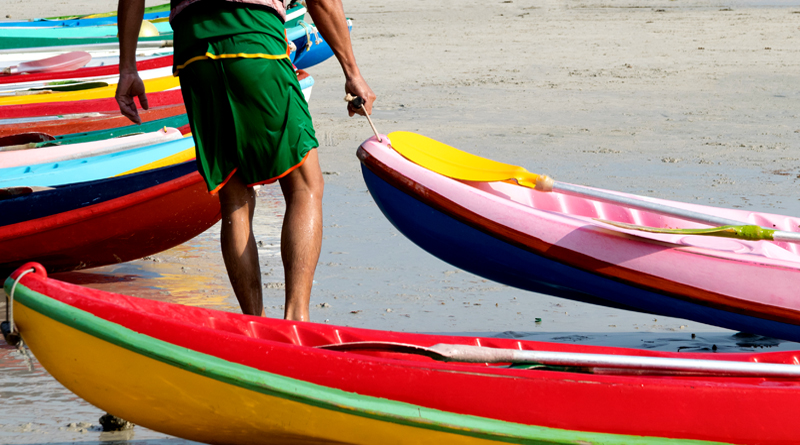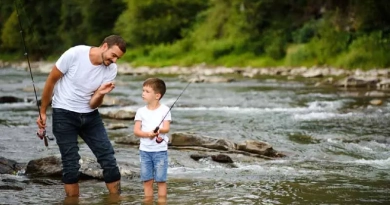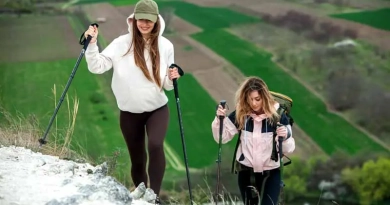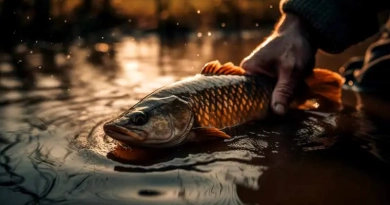
How Do I Choose The Right Canoe For My Needs?
Finding the Perfect Fit
How do I choose the right canoe for my needs? This question isn’t just about picking a boat; it’s about understanding how different designs, materials, and features align with your paddling aspirations.
Choosing the right canoe involves a myriad of factors, from the type of water you’ll navigate to the weight of the gear you’ll carry. It’s a blend of art and science, balancing stability, speed, and capacity with personal preference and practical needs.
The Options and Obstacles
- Canoe Length:
- Long Canoes (16-17 feet): Ideal for long-distance paddling, offering better speed, tracking, and capacity. They are perfect for touring and expeditions but can be cumbersome to transport and store.
- Short Canoes (14-15 feet): Easier to maneuver and transport, suitable for quick trips and narrow waterways. They are lighter but offer less speed and storage ).
- Canoe Width (Beam):
- Wide Canoes: Provide greater stability, making them ideal for beginners and activities like fishing. However, they are slower.
- Narrow Canoes: Faster and more efficient but can feel tippy, requiring better balance.
- Hull Shape:
- Flat Bottom: Offers excellent initial stability on calm waters but feels unstable in rough conditions.
- Rounded Bottom: Provides good secondary stability in rough waters but less initial stability.
- Shallow Arch: A compromise between flat and rounded, offering decent initial and secondary stability.
- V-Bottom: Good tracking and stability, ideal for mixed conditions.
- Materials:
- Plastic (Polyethylene): Durable and affordable but heavy.
- T-Formex: Similar to Royalex, offering durability and performance at a mid-range price.
- Fiberglass: Lightweight and stiff, good for flatwater paddling but can be pricey.
- Kevlar: Extremely light and strong, best for portaging and long trips, but very expensive.
- Design Features:
- Rockers: Canoes with more rocker are easier to maneuver but harder to track straight.
- Freeboard and Depth: Deeper canoes handle rough waters better and carry more gear but are more affected by wind.
The Best Solution and Its Implementation
After considering the options and obstacles, let’s look at how to choose the right canoe based on specific needs:
- For Recreational Paddling:
- Recommendation: A 16-foot flat-bottom canoe made of polyethylene. This offers stability and durability, ideal for family outings and casual paddling.
- Example: Old Town Saranac 160, which balances stability and maneuverability.
- For Touring and Long Trips:
- Recommendation: A 17-foot canoe made of Kevlar. This provides speed, capacity, and ease of portaging.
- Example: Wenonah Spirit II in Kevlar, known for its performance on long expeditions.
- For Whitewater Paddling:
- Recommendation: A shorter, T-Formex canoe with a rounded bottom for secondary stability.
- Example: Esquif Prospecteur 16, designed for resilience in rough waters.
- For Fishing and Hunting:
- Recommendation: A wide, stable canoe with ample storage.
- Example: Mad River Adventure 16, offering stability and space for gear.
Tools and Resources Needed
To implement these solutions, you’ll need:
- Retailers: Check out local outdoor stores or specialized retailers like REI or Paddling.com.
- Demo Days: Attend canoe demo days to try different models.
- Online Reviews and Forums: Websites like Paddling.com and Flat Bottom Boat World provide detailed reviews and user feedback.
- Accessories: Invest in a good paddle, PFD, and storage solutions like dry bags and canoe carts.
Conclusion: The Journey Begins
Choosing the right canoe is akin to finding the perfect travel companion. It requires thought, research, and a bit of soul-searching about what you want from your paddling adventures. As I paddled into the serene expanse of the lake, the right canoe beneath me, the world felt perfectly aligned.
Embrace the journey of selecting your canoe, knowing that the right choice will lead to countless memorable adventures. Happy paddling!






